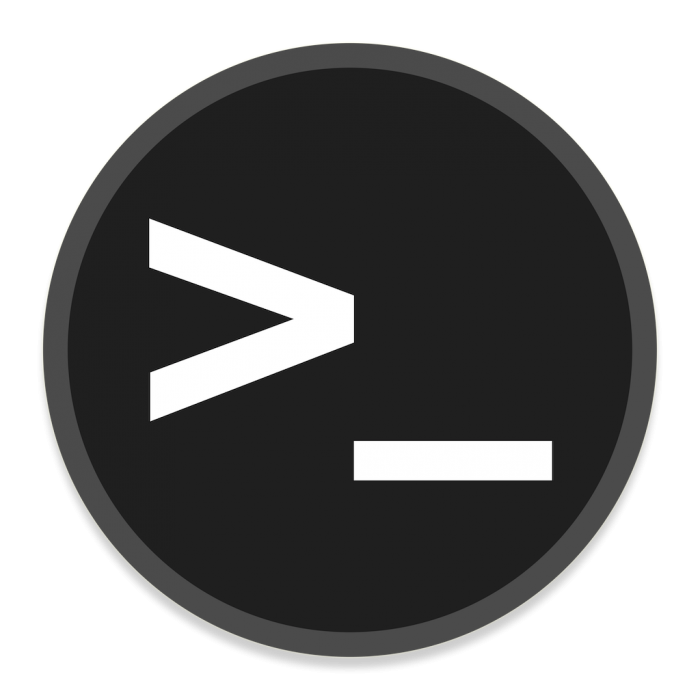- 48 Posts
- 16 Comments

 3·1 month ago
3·1 month agoCould you help me remember the theme of that episode? I’ve only watched Black Mirror once.

 5·3 months ago
5·3 months agoYeah, especially everything now is in the hands of so few players, we don’t have much of a choice!

 8·3 months ago
8·3 months agoThis is all rather meaningless because we don’t know the demographics of those who answered: 5,101 US adults of what generations?
18 or older selected at random from across the entire country, read this for more information about how they selected those adults.

 9·3 months ago
9·3 months agoYeah, this is even creepier than coveryourtracks from EFF.

 7·3 months ago
7·3 months agoTry Mullvad Browser or Tor Browser.

 4·3 months ago
4·3 months agoAh, sorry about that. I will include the link in the post. The point is I want people to try this out to see what kind of information get leaked off your browsers but didn’t really think about the info of the tool.

 9·3 months ago
9·3 months agoCompletely agree. But if you know, then you did use it at some point right?
Use
lynxto browse a meme community is like closing your eyes while watching a movie, lol that’s my experience.

 1·4 months ago
1·4 months agoInstead of remembering what line number you were at, you can use marks (
:help mark-motions) to immediately jump back to where you left off.For example, type
mxto mark the current position withx(or anything you want). Say now you are at the top of the file, just type'xto go back to the line marked withx.

 4·4 months ago
4·4 months agoA godsend for saving time - the
ab(abbreviation) command. This command lets you shorten a long sequence of characters (be it a text or a complex command) into another sequence of any length. It works in both insert mode and command mode. If you frequently edit text using a lengthy command, this feature will significantly save you time. For example::ab ul s/\<./\u&/gto capitalize every word in a line. When you enter command mode (type:) and typeul, vim will automatically expand it tos/\<./\u&/gfor you.Additionally, the
mapcommand can save even more time, but IMO theabcommand offers more control for handling various cases. In my example, you can useulto only capitalize the lines that have a specific pattern using the global commandg.Another overlooked aspect is the
.exrcfile. Enabling it withset exrcin your config allows for different setups based on different situations. For instance, when writing notes, I prefer to have line breaks on to make the text look nicer on the screen. In contrast, when writing code, I don’t require this option. I simply need to placeset linebreakin the.exrcfile in the note-writing directory to adjust accordingly.

 21·4 months ago
21·4 months agoThat’s what I like about FOSS. You see very few distractions that try to grab your attention. This leads to a rather quiet digital life.
To take it a step further, you could enable the Do Not Disturb feature on your devices and only grant notification permissions to essential apps. This way, you can enjoy some peace of mind.

 2·5 months ago
2·5 months agoI haven’t come across any information regarding the automatic aspect, and I don’t have any personal experience with
bubblejaileither. However,bubblejailis mentioned on the arch wiki. It might be the closest match in this case, so you could give it a try.

 2·5 months ago
2·5 months agoYou can use bubblewrap (its CLI name is
bwrap) to make an arbitrary directory as$HOMEfor a specific program session. Basically, you can bind or set any environment variable you need for that particular program. I recommend checking out the arch wiki on this topic.For example:
bwrap --dev-bind / / --bind $HOME/your/dir/path $HOME <your_program>. This will let<your_program>have access to/and device permissions, with$HOME/your/dir/pathserving as its$HOME.

 17·5 months ago
17·5 months agoMy lazy ass decided to just go with the copied title generated by Lemmy when making the post. I edited the title, thanks for mentioning that!

 11·5 months ago
11·5 months agoArchive link: Publishers Sue Google over Pirate Sites

 6·5 months ago
6·5 months agoFixed.
Edit: The new link of the post works but I think providing an archive link would be more sufficient.











There’s an icon on the web interface, next to the star icon to save the post. It looks like a copy icon with two squares. I’m not sure how to do that on mobile, it may depend on the client you are using.